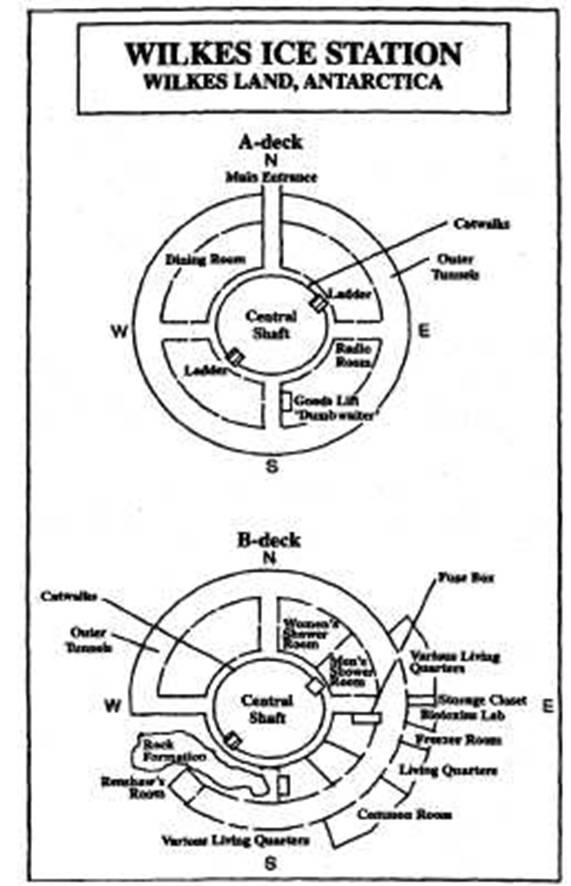
ICE STATION
Matt Reilly
St. Martin's Paperbacks
FOR NATALIE
First published in Australia by Pan Macmillan Australia Pty Limited.
ICE STATION
Copyright © 1999 by Matthew Reilly.
All rights reserved.
ACKNOWLEDGMENTS
Special thanks to Natalie Freer?the most genuine and giving person I know. To Stephen Reilly, my brother and my good friend and my loyal supporter, even from thousands of miles away. To Mum for her comments on the text and to Dad for his woeful title suggestions and to both of them for their love and support. And, last, thanks to everyone at Pan and Thomas Dunne Books (in particular, my editors, Cate Paterson, Pete Wolverton, and Madonna Duffy, first, for 'discovering' me and, second, for enduring all of my crazy ideas). To all of you, never underestimate the power of your encouragement.
SOUTHEASTERN ANTARCTICA

THE ANTARCTIC ICE SHELF



INTRODUCTION
From: Kendrick, Jonathan
(Lecture delivered at Trinity College,
17 March, 1995)
Imagine, if you can, a continent that for one-quarter of the year doubles in size. A continent in a constant state of motion, motion that is
Imagine if you were to look down from the heavens at this vast, snow-covered mass. You would see the signatures of motion: the sweeping waves of the glaciers, bending in curves around mountains, falling down slopes like cascading waterfalls captured on film.
This is the 'awesome inertia' that Eugene Linden spoke of. And if we, like Linden, imagine that we are looking at that picture through
Thirty centimeters of movement every year doesn't look like much in real time, but in time-lapse glaciers become flowing rivers of ice, ice that moves with free-flowing grace and awesome, unstoppable power.
A lot of harm to your tax dollars, I would say. Did you know that the British government has had to replace Halley Station on
The point here is that the walls of Halley Station are under a lot of pressure, a
But then again, comparatively speaking, Britain has come off rather well when it comes to dramatic ice movement.
Consider when, in 1986, the Filchner Ice Shelf calved an iceberg the size of Luxembourg into the Weddell Sea. Thirteen
The United States has been even less fortunate.
Ladies and gentlemen, the message to be taken from all of this is quite simple. What
From: Goldridge, William
(New York: Wylie, 1980)
CHAPTER 6: THE PENTAGON
... What the literature is oddly silent about, however, is the strong bond Richard Nixon forged with his military advisers, most notably an Air Force Colonel named Otto Niemeyer... [p- 80]
... After Watergate, however, no one is quite sure what happened to Niemeyer. He was Nixon's liaison to the Joint Chiefs of Staff, his insider. Having risen to the rank of full colonel by the time Nixon resigned, Niemeyer had enjoyed what few people could ever lay claim to: Richard Nixon's ear.
What
No explanation was ever given by the Carter Administration for Niemeyer's removal. Niemeyer was unmarried; some suggested, homosexual. He lived at the military academy at Arlington, alone. He had few people who openly claimed to be his friends. He traveled frequently, often to 'destinations unknown,' and his work colleagues thought nothing of his absence from the Pentagon for a few days in December of 1979.
The problem was, Otto Niemeyer never returned ... [p. 86]
PROLOGUE
Wilkes Land, Antarctica 13 June
It had been three hours now since they'd lost radio contact with the two divers.
There had been nothing wrong with the descent, despite the fact that it was so deep. Price and Davis were the most experienced divers at the station, and they had talked casually over the intercom the whole way

